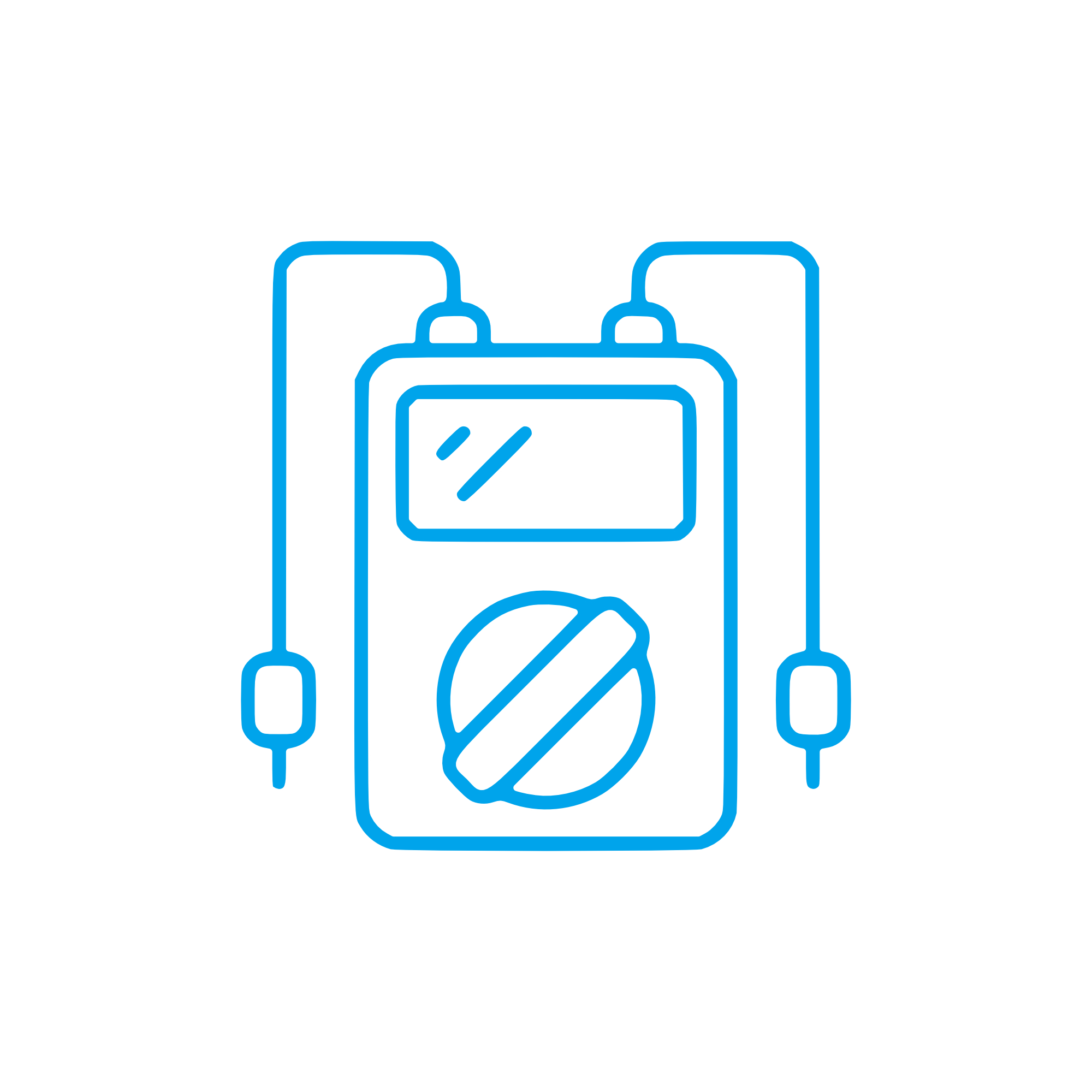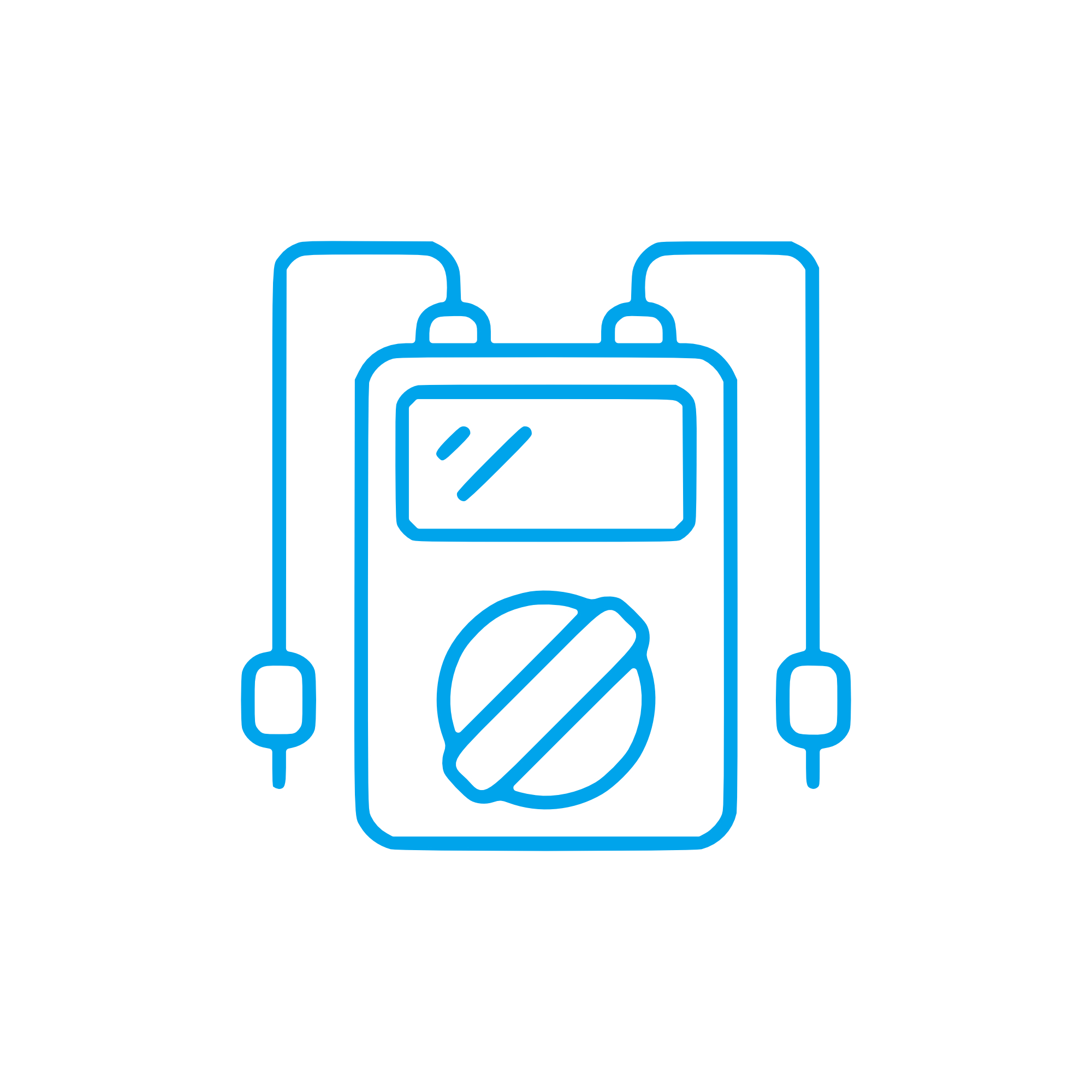DIAL GAUGE gauges and sensors for robust engine monitoring
Gauges and sensors are the eyes and ears of every propulsion and power generation system. In marine and land-based diesel engines, they convert real-world conditions—pressure, temperature, level, speed, vibration, position—into readable values and control signals that keep the engine within safe operating limits. From the classic DIAL GAUGE used for precise mechanical alignment and clearance checks to advanced transmitters and smart probes, this component category underpins accurate monitoring, efficient control, and safe operation.
Within engines, gauges provide instant visual feedback at the panel, while sensors feed automation systems, safety interlocks, and performance analytics. A DIAL GAUGE marine engine technicians rely on is indispensable during commissioning and overhauls: it verifies crankshaft deflection, piston protrusion, valve lash, and coupling alignment to micrometer precision, ensuring the geometry and clearances that performance and longevity depend on. In daily operation, pressure gauges (often Bourdon-tube types), RTDs and thermocouples, level and flow sensors, speed pick-ups, and vibration probes maintain the data foundation for decisions—from bridge to engine control room.
Technical function of gauges and sensors with DIAL GAUGE in diesel and marine engines
Gauges and sensors convert physical phenomena into measurable, actionable information. Mechanical pressure gauges show lube-oil or fuel-rail pressure at a glance (typical lube-oil: 2–7 bar), often with glycerin filling to damp vibration and safety features like blow-out backs and laminated safety glass. Temperature is measured via PT100/RTD or K-type thermocouples, tracking coolant (75–95°C) and exhaust gas (350–520°C or higher on high-load cylinders). Level and flow sensors safeguard tanks and cooling circuits; inductive or magnetic pick-ups read gear tooth speed for tachometry and overspeed protection; accelerometers detect bearing and foundation vibration to prevent progressive damage.
The DIAL GAUGE diesel engine maintainers carry in their toolkit is a high-precision indicator for linear displacement, typically with 0.01 mm resolution. It measures crankshaft web deflection, camshaft end float, run-out, valve train clearances, and shaft alignment. By quantifying micromotions and offsets, the DIAL GAUGE ensures that rotating assemblies run within tolerance, minimizing friction, heat, and uneven load distribution. On control-system side, sensors output 4–20 mA, HART, Modbus, or CAN/NMEA 2000 signals to PLCs and engine control systems (ECS), enabling alarms, shutdowns, and closed-loop adjustments (e.g., fuel rack control or cooling water bypass).
DIAL GAUGE accuracy, signal integrity, and sensor design
Accuracy and response time are decisive. Pressure transmitters with piezoresistive elements, RTDs with Class A tolerance, and IP67/68 housings resist shock, salt mist, and oil contamination. Ex-rated designs meet ATEX/IECEx where needed. Mechanical dial pressure gauges employ 316L stainless-steel wetted parts to withstand sulfur and chlorides in marine environments. For the DIAL GAUGE OEM parts context, repeatability, backlash-free mechanisms, anti-shock features, and secure mounting fixtures deliver reliable readings even in cramped engine rooms with vibration and temperature gradients.
Key characteristics of gauges and sensors for engines
- · High accuracy and repeatability under vibration and heat.
- · Clear, fast readings for operators and automation.
- · Robust housings, IP67+ ingress protection, corrosion-resistant materials.
- · Standardized signals (4–20 mA, HART, CAN/NMEA, Modbus) for easy integration.
- · Safety roles in alarms, trips, and interlocks.
- · DIAL GAUGE precision for alignment and clearance verification.
- · Traceable calibration and consistent performance over service intervals.
Importance for reliable engine operation
Gauges and sensors are central to reliability, efficiency, and safety. Accurate lube-oil pressure readings protect bearings and journals; temperature sensors prevent thermal overload and scavenge fires; speed sensors enable overspeed trips; vibration monitoring anticipates bearing or foundation faults. The DIAL GAUGE prevents misalignment and incorrect clearances that would otherwise cause elevated friction, seal wear, hot spots, and eventual failure.
When devices drift, seize, or suffer wiring faults, the consequences escalate quickly: undetected low oil pressure can lead to seizure; erroneous exhaust readings mask poor combustion and turbocharger stress; a misread coolant level invites overheating; improper clearances unchecked by a DIAL GAUGE marine engine inspection can result in uneven bearing loads and crankshaft damage. In short, precise measurement preserves fuel efficiency, emissions compliance, and asset life while minimizing unexpected downtime.
Advantages of OEM spare parts suitable for gauges and sensors
Using OEM spare parts suitable for gauges and sensors ensures consistent fit, signal characteristics, and calibration baselines across your installed base. This preserves control-loop tuning and alarm thresholds and avoids costly re-engineering of ECS logic. Materials and sealing systems match the intended media—fuel, lube oil, seawater—preventing corrosion and drift. Documentation and traceability streamline class approvals and audits, while lifecycle support keeps spares and calibration data aligned with your fleet standards.
For measurement tooling, OEM spare parts suitable for a DIAL GAUGE maintain the mechanical precision of the spindle, rack-and-pinion, jeweled bearings, and contact points—critical for micrometer-level assessments during diesel engine overhauls and alignments. Consistency here directly influences bearing life, piston running behavior, and vibration levels. In budget terms, correct parts cut troubleshooting time, reduce repeat interventions, and protect high-value components.
DIAL GAUGE OEM parts and integration benefits
DIAL GAUGE OEM parts and compatible sensor replacements integrate seamlessly with existing brackets, manifolds, cabling, and junction boxes. That means faster turnaround during port calls, lower commissioning risk, and reliable readings immediately after installation—key for operators balancing tight schedules and safety margins.
MOPA as your partner for OEM spare parts for gauges and sensors
MOPA is an experienced partner for OEM spare parts Gauges and sensors across diesel and gas engines. We focus on speed, quality, and security in the trade of OEM parts, supporting marine and power-generation customers with rapid sourcing, verified specifications, and careful packaging for harsh environments. From pressure and temperature transmitters to panel-mount dial indicators and precision DIAL GAUGE instruments, MOPA provides parts with the right materials, approvals, and calibration support.
Our team assists with cross-referencing legacy part numbers, consolidating multi-brand fleets, and providing documentation for class inspections. Whether you need emergency shipment of an exhaust thermocouple set, a lube-oil pressure gauge with 316L wetted parts, or a DIAL GAUGE diesel engine kit for your next overhaul, MOPA streamlines procurement and reduces risk.
Conclusion: the role of DIAL GAUGE gauges and sensors
Gauges and sensors—supported by precise DIAL GAUGE measurements—are foundational to safe, efficient, and compliant engine operation. Selecting OEM spare parts suitable for Gauges and sensors protects performance, reliability, lifecycle cost, and uptime across marine and land-based assets.
Partner with MOPA to secure fast, dependable access to OEM spare parts for diesel and gas engines and keep every measurement you rely on accurate, stable, and ready for service.





